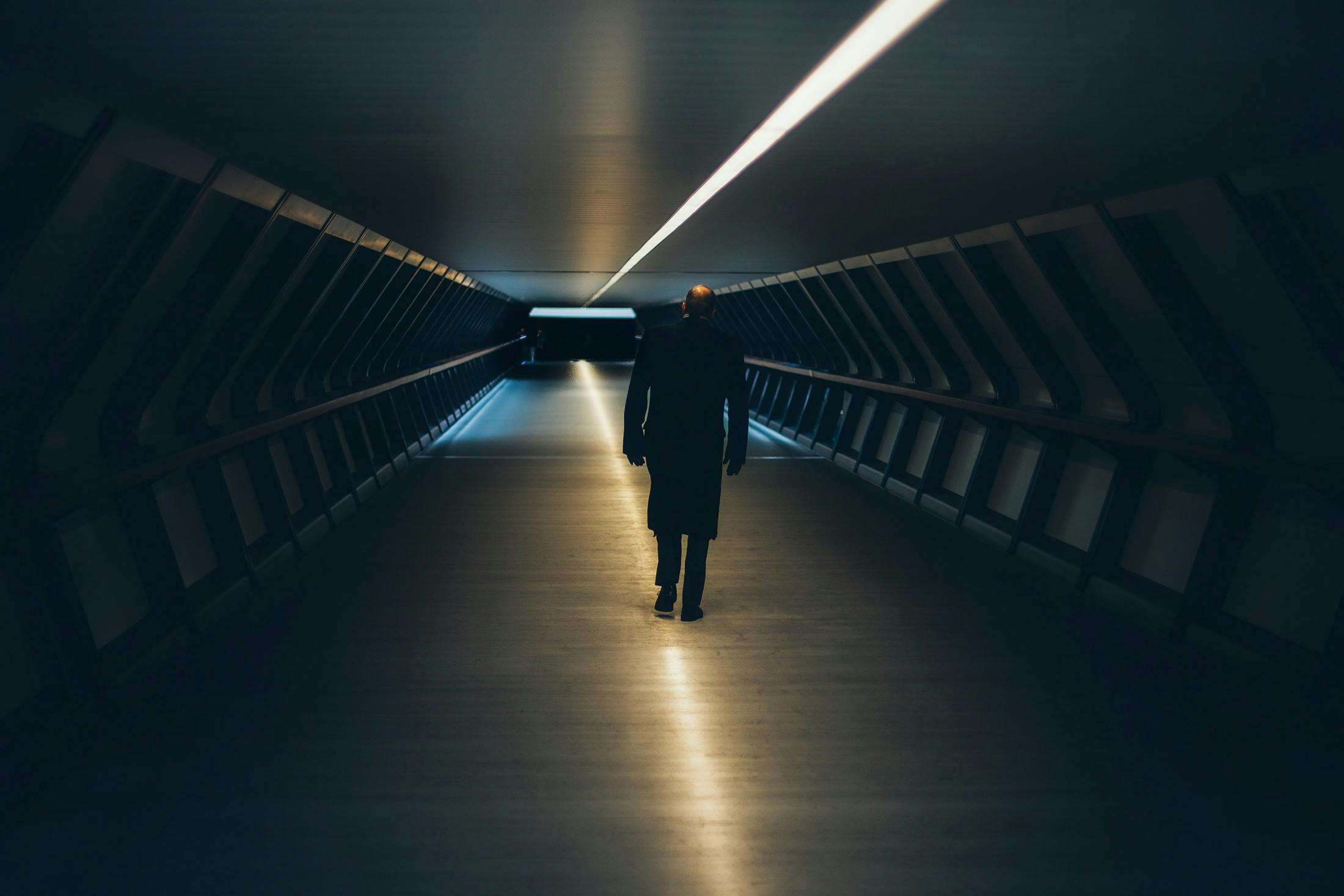In today’s noisy digital marketplace, cinematic ad film makers are more than just people behind a camera they’re creative strategists who blend storytelling, aesthetics, and psychology to inspire action. A cinematic ad film is not about selling a product directly; it’s about making the audience feel something first. Because when you capture hearts, the mind follows and so do the conversions.
Last ad which you remember, Maybe it was a short film for a luxury car, a heartfelt healthcare story, or a high-energy fashion brand montage. Chances are, you remember it because it made you feel something personal not because it flashed a price tag. That’s what makes cinematic advertising powerful: emotion first, persuasion second.
If you’re looking to create an ad that’s both breathtaking and ROI-driven, here’s the exact process that top cinematic ad film makers like Smoking Chimney Studios follow.
Table of Contents
Step 1 – Build a Story That Resonates
Every memorable cinematic ad starts with a compelling story. Without a strong narrative, even the most stunning visuals will feel hollow.
- Understand your audience deeply: Who are they? What do they aspire to? What fears or frustrations do they face?
- Pinpoint emotional triggers: Whether it’s nostalgia for simpler times, the joy of achievement, the pride of ownership, or the comfort of belonging — emotion is your hook.
- Stay aligned with brand values: The story should reinforce your identity. If you’re a sustainable clothing brand, weave in themes of responsibility and care. If you’re a tech innovator, focus on progress and transformation.
When cinematic ad film makers nail this step, viewers aren’t just watching — they’re seeing themselves in your story.
Step 2 – Design Visuals for Impact
Visuals in a cinematic ad are not random; they’re a carefully constructed language. Setup, location, and color code speaks about your brand.
- Production design as storytelling: Your set, costumes, and environment must be in harmony with the story.
- Mood boards for direction: Before filming, cinematic ad film makers often create visual blueprints with colors, textures, and styles that capture the emotional tone.
- Art direction for authenticity: Details matter. A cup of Tea in a glass tells a different tale than one in a paper cup.
When visuals are intentional, they don’t just support the message — they become the message.
Step 3 – Use Cinematic Filmmaking Techniques
This is where craft meets magic. The techniques you use behind the camera can transform an ad into a mini film that captivates from the first frame.
- Camera movement for emotion: A slow push-in can create intimacy, while a sweeping aerial shot can evoke freedom or grandeur.
- Framing for storytelling: Wide shots establish the world; close-ups draw us into a character’s soul.
- Lighting for mood: Natural golden light communicates warmth and hope, while low-key lighting creates mystery or drama.
Professional cinematic ad film makers know that these techniques aren’t just decorative — they’re psychological cues that guide how the viewer feels.

Step 4 – Post-Production That Elevates
Even the most carefully shot footage is just raw material until post-production weaves it into a cohesive, emotionally charged experience.
- Editing with rhythm: Match cuts to emotional beats, not just music tempo. A pause in the right place can speak volumes.
- Sound design for immersion: Layering ambient sounds and subtle effects pulls the viewer into the world you’ve built.
- Music as an emotional driver: The right score can amplify feelings and cement your ad in memory.
This stage is where cinematic ad film makers ensure the final product feels polished, powerful, and impossible to ignore.
Case Studies of High-Converting Cinematic Ads
Example 1: Luxury Watch Brand
A narrative built around legacy and craftsmanship, shot in timeless black-and-gold tones with elegant tracking shots.
Example 2: Healthcare Startup
Patient-focused interviews blended with warm, natural lighting and soft music. Outcome: 3× engagement compared to typical corporate videos.
Example 3: FMCG Youth Campaign
Fast cuts, handheld energy, and vibrant colors that mirrored youth culture. Outcome: Product sold out within the first month.
These examples prove that when story, visuals, technique, and post-production work together, conversion isn’t just possible — it’s inevitable.
Conclusion
A cinematic ad isn’t just an ad it’s an emotional experience that leaves your audience thinking about your brand long after the screen goes dark. The most successful campaigns happen when cinematic ad film makers combine artistic vision with marketing strategy.
If your brand deserves more than a cookie-cutter commercial, partner with experts who know how to craft stories that move people and drive results.
Contact Smoking Chimney Studios today to transform your brand’s message into a cinematic experience worth remembering.